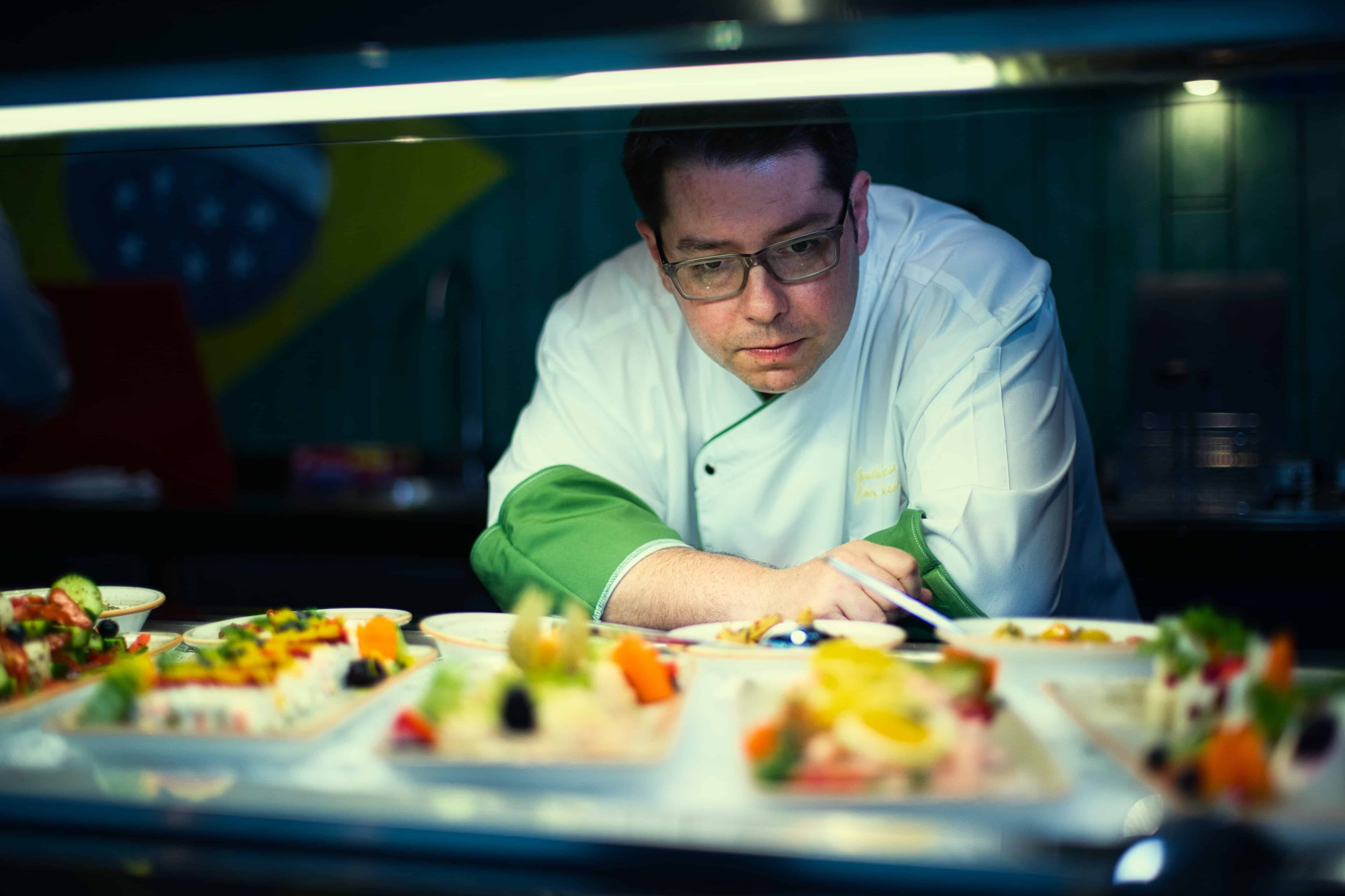In the increasingly fast-paced – and somewhat chaotic – world of the restaurant industry, there’s one challenge that remains a constant: fluctuating food costs. It’s at the forefront of every restaurant manager’s mind every day. The rollercoaster ride of ingredient prices can be a nightmare, impacting profitability, menu planning, and overall operational stability. But with careful planning and the right strategies in place, restaurants have a lot of tools in their toolbox to combat these fluctuations and maintain a healthy bottom line. Let’s delve into the reasons behind food cost changes and explore some of the strategies operators can use to navigate them.
Understanding the Whys and Hows of Fluctuations
Fluctuations in food costs are a result of many interconnected factors, both global and local. Some of the key contributors include:
Supply and Demand
Changes in supply and demand for agricultural products can drive prices up or down. Weather events, diseases, or shifts in consumer preferences can disrupt the supply chain, leading to price changes. In 2022, supply chain issues caused major spikes in prices of many key items, an avian flu outbreak saw the price of eggs nearly double, and droughts on the West Coast caused huge shortages of many items.
Economic Factors
Currency fluctuations, inflation, and changes in trade agreements can all impact the cost of imported ingredients. Restaurant operators saw this in troves over the last two years. In 2022, inflation reached a peak that hadn’t been seen in decades. And while inflation rates have calmed in the last few months, it’s another issue that restaurant managers continue to struggle with.
Energy Costs
Energy prices affect the cost of transportation and production, which in turn can influence the cost of ingredients.
Strategies to Combat Monthly Fluctuations
Effective Menu Engineering
Menu engineering helps you determine whether menu items are overpriced or underpriced, whether you need to revise recipe portions or ingredients, and monitors menu performance. It allows you to make informed decisions about popularity versus profitability. Create a versatile menu that incorporates ingredients with varying price points and offer specials that utilize ingredients currently in abundance are just two of the many ways menu engineering can help combat food costs and your restaurant’s overall CoGS.
Local and Seasonal Sourcing
Prioritize locally sourced and seasonal ingredients. These tend to be more stable in terms of cost and availability, reducing the impact of global market fluctuations. Today’s restaurant management software makes this process easier and less time-consuming, allowing you to see your current vendor prices, price increases, and shop for alternatives.
Supplier Relationships
While local sources are sometimes a good alternative, you should also cultivate strong relationships with your existing, larger suppliers. Long-term partnerships can provide opportunities for negotiation, discounts, and priority access to ingredients. Consider entering into price lock agreements with suppliers for certain staple ingredients. This can provide a level of cost stability over a defined period.
Inventory Management
Vast amounts of information can be gleaned from your inventory cycles and processes if you have the right tools and commit to examining it. Tracking food waste, spillage, spoilage, theft… there are no shortage of ways in which accurate, consistent inventory management can help combat fluctuations. Analyzing and acting on Information about your inventory can reduce CoGS and increase profitability.
Diversification of Ingredients
Have backup ingredients or alternatives ready for recipes. If a specific ingredient becomes too expensive, you can seamlessly substitute it without affecting the menu’s integrity.
Regular Menu Review
Regular menu review isn’t just for adding new dishes. It’s also a way to analyze menu performance and the cost of ingredients. Consider removing underperforming dishes that are costly to produce and replace them with more profitable options.
Portion Control and Standardized Recipes
Train kitchen staff to follow standardized recipes and portion control guidelines. This helps prevent ingredient wastage and ensures consistent quality.
In Conclusion
While the challenge of fluctuating food costs is an ongoing battle for restaurant owners, it’s not insurmountable. By understanding the reasons behind these fluctuations and implementing strategic measures, restaurants can minimize the impact on their operations and maintain a sustainable business model. Flexibility, adaptability, and proactive planning are key to navigating tumultuous price changes, ensuring that your restaurant stays afloat in the face of economic uncertainty.



